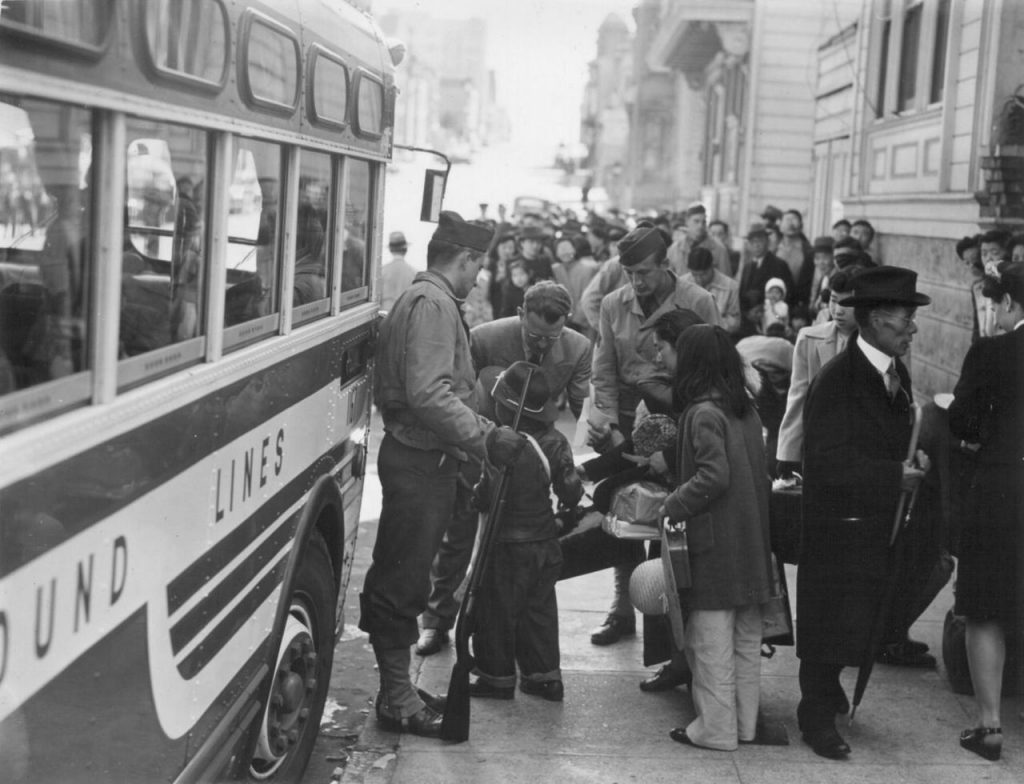
How do we mark an event in time? The Etruscans used the concept of saeculum, the period of time from the moment something happens until the time when everyone who experienced that event has died. For Japanese Americans who were rounded up on the West Coast, herded onto trains and buses and incarcerated in desolate camps for years, we are approaching that saeculum.
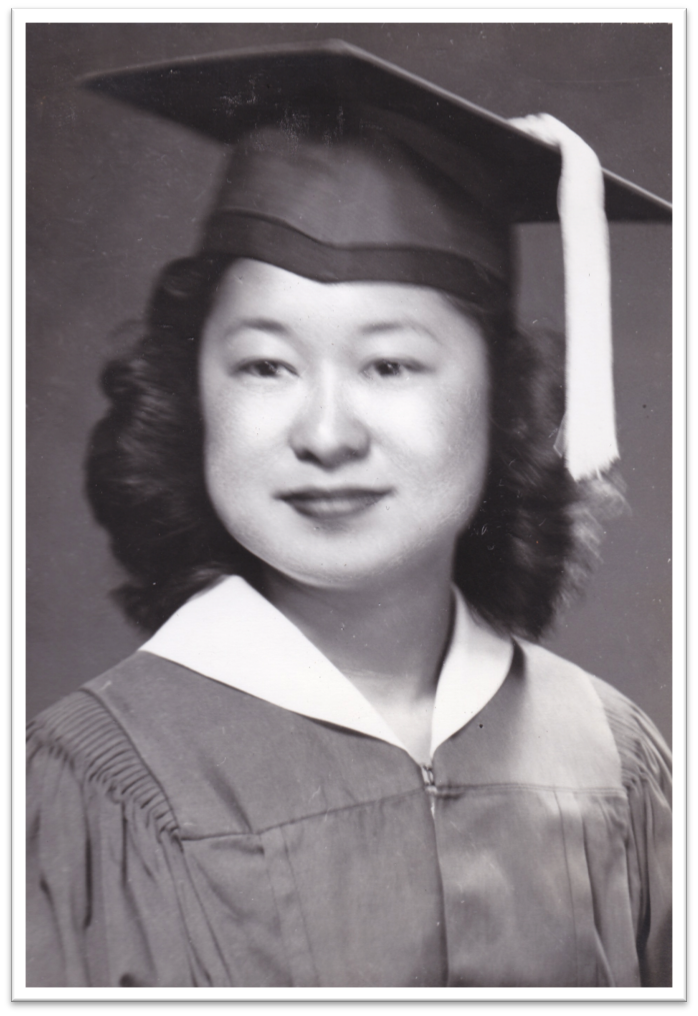
My mother, Mary Tsuchiya Hanamura, was just 14 when she was put behind barbed wire. Today, she is 91. “They are putting Felicity Huffman in jail for 14 days for her crime,” my mother said last week. “They imprisoned me for three-and-a-half years.”
I was startled by my mother’s off-hand remark. It’s incredibly rare these days to hear an honest reflection like this—so reticent is my mother to speak out and now almost all of her family and friends from that time are gone. So how do we preserve their stories, pass them on, weave them into the fabric of our collective consciousness?
That is the work of the cutting-edge cultural heritage organization, Densho. 23 years ago, its founder Tom Ikeda, an ex-Microsoft executive, realized that putting the Japanese American story online was critical. He foresaw this day when for so many digital learners, if materials aren’t online, it’s as if they don’t exist. The Internet Archive has joined hands with Densho to make sure the Densho Visual History Collection— hundreds of hours of oral history videos—are now downloadable, backed up with multiple copies, transferred to new video formats over time, and maintained forever. And together we’ve made this video collection even more accessible to anyone who has an internet connection.
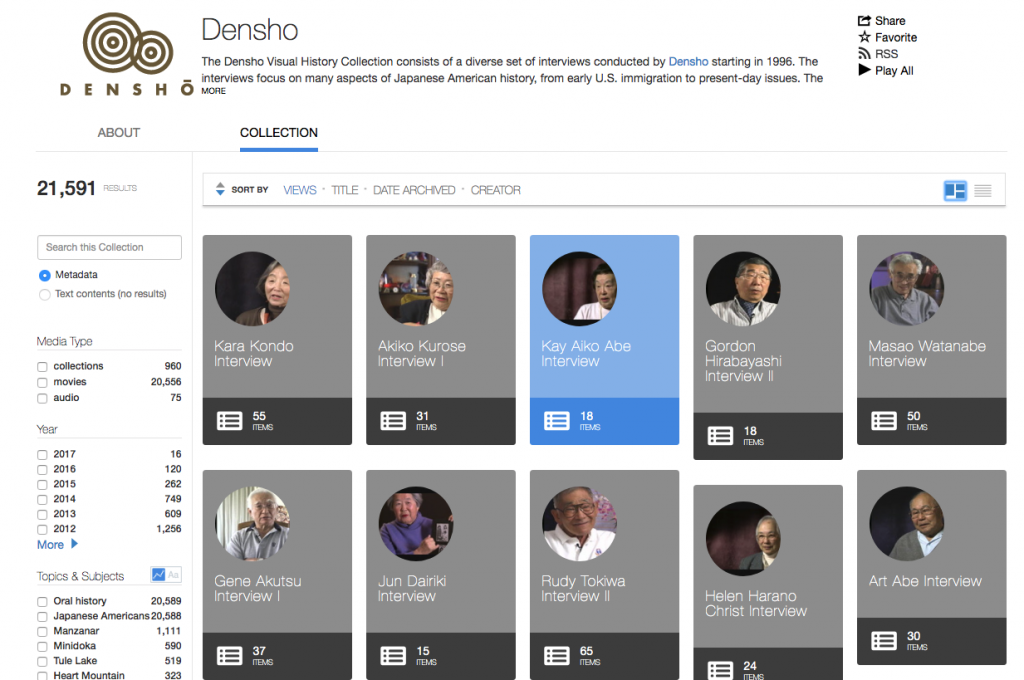
Recently, my son, Kenny Okagaki, sent me this text:
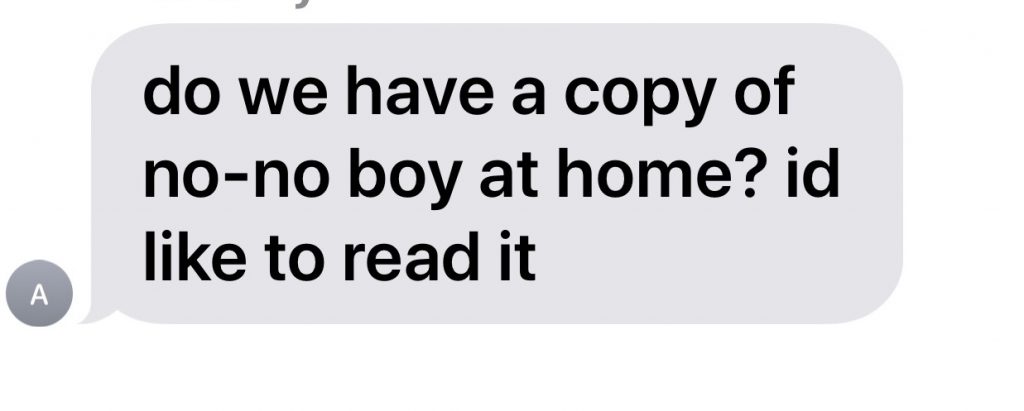
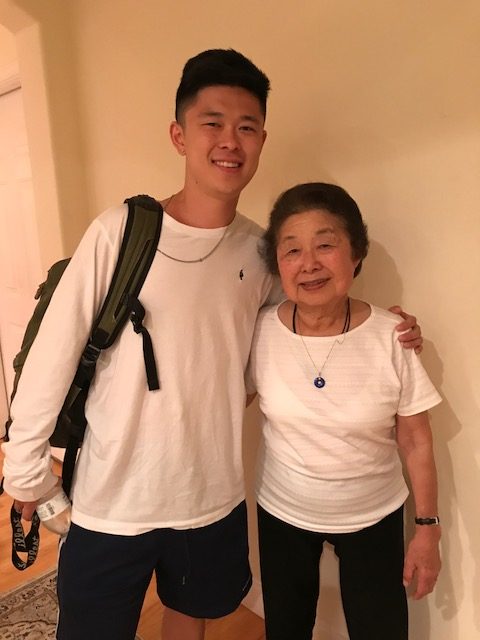
I was thrilled that Kenny was interested in John Okada’s searing 1957 account, No-No Boy, which is such a seminal book for anyone who wants to understand our community’s complex responses to the government that imprisoned us. We own this book, but Kenny lives in Los Angeles now, hours away.
Where could my recent college graduate read this novel immediately online, for free?
This week at a community event at the Internet Archive, Tom Ikeda and I were happy to announce that you can now borrow No-No Boy here, at the Digital Library of Japanese American Incarceration on archive.org. Working with scholars from Densho, we’ve selected, purchased and digitized more than 500 important books about WWII experiences of Japanese Americans. “There are so many books that we’ve heard about, but you can’t find them in your local library,” Tom explained. “This collection is a treasure! Now anyone in the world can borrow these hard to find volumes.”
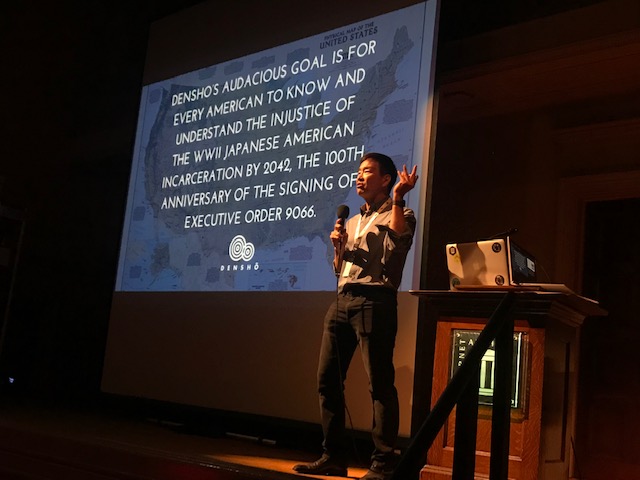
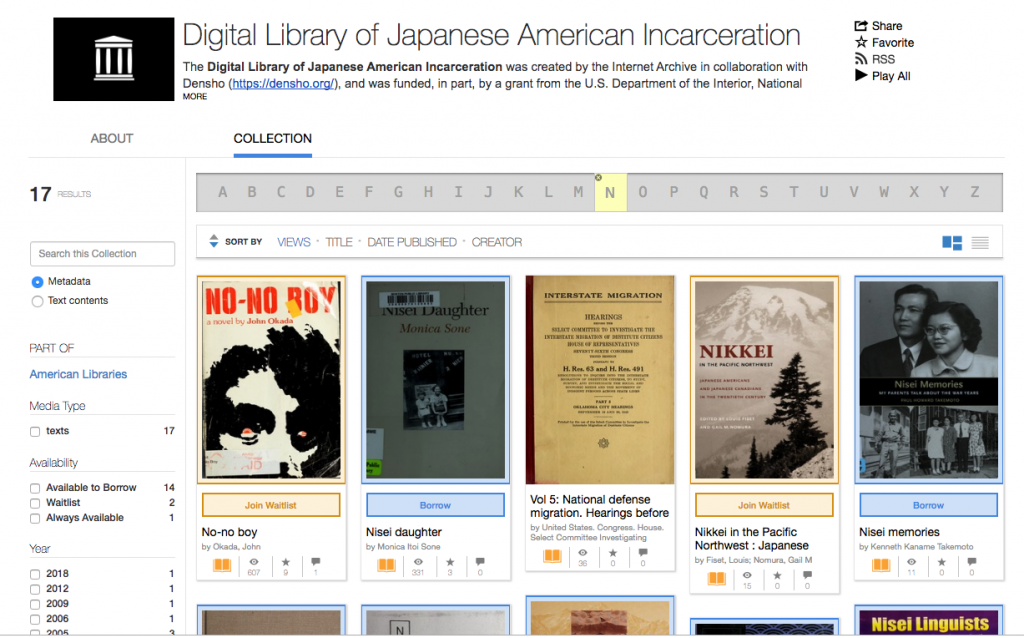
Now anyone with an Internet Archive account can borrow these books for free. Since we’ve digitized them, you can search across the collection for a name, an event, a reference. Anyone around the world with an internet connection can utilize these important resources. We’re thankful to the Department of Interior & National Park Service’s Japanese American Confinement Site’s program, for partially funding this work.
Our next step is to weave these 500 books into the place where people go first for online information: Wikipedia. Working with scholars and Wikipedia editors, we are turning the footnotes into clickable links that take you to the exact page of the reference. Along the way, we are correcting factual errors, providing context, and making sure that at the end of this saeculum, the voices of those who lived through the incarceration will still be a source of truth.
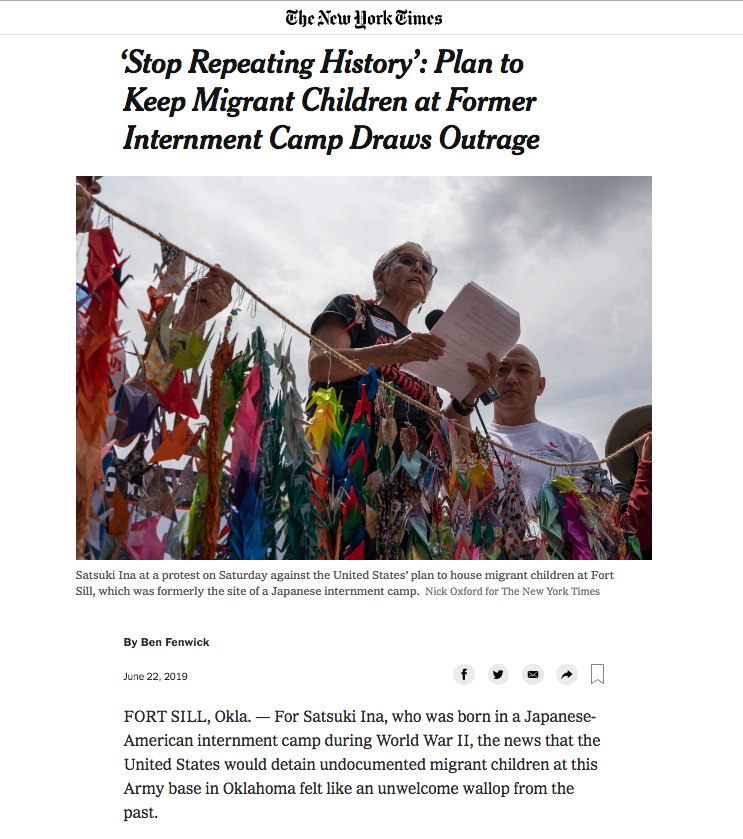
We are living in an era when people wonder if truth really matters, if disinformation will drown out reality. That’s why I’m proud to be part of a team that is dedicating itself to the facts. We want every teacher, scholar, journalist, editor, and reader to know: the Japanese American incarceration really happened. And it must never happen to another community again.
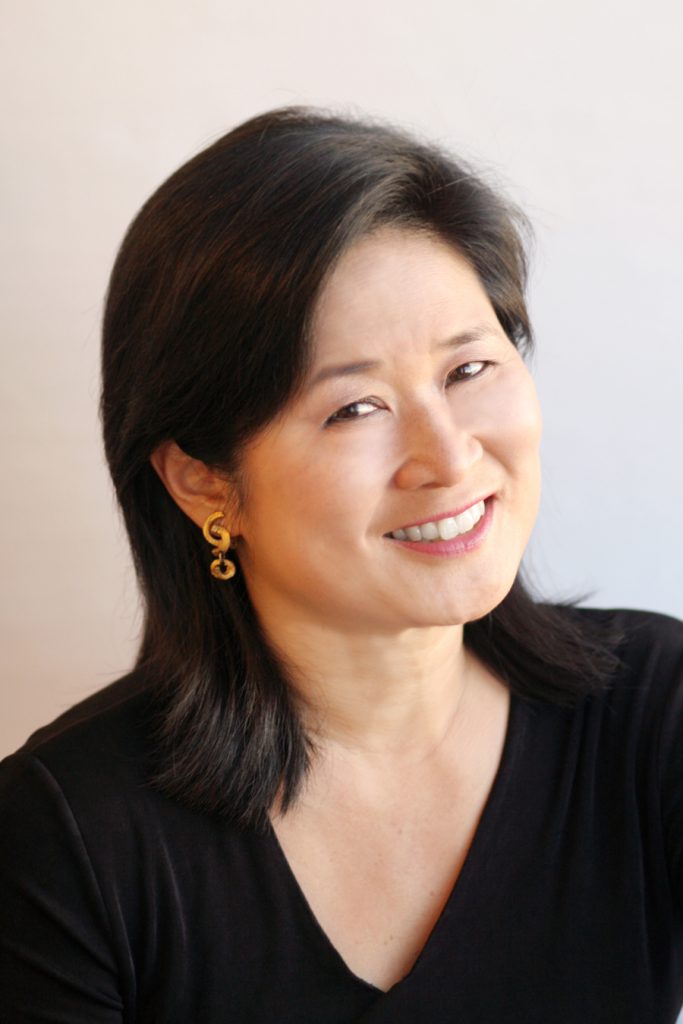
ABOUT THE AUTHOR: Wendy Hanamura is the Internet Archive’s Director of Partnerships. She has been a foreign television correspondent based in Tokyo, a nightly reporter for CBS, and produced the documentary, “Honor Bound: A Personal Journey—the story of the 100th and 442nd Regimental Combat Team.”
This work could not come at a more pivotal time. Congrats to Wendy for leading the process, the National Parks for funding part of it, and team Archive for having the foresight and hutzpa to acquire the books, navigate the policy issues, digitize and disseminate at scale.
Pingback: This week’s crème de la crème — September 28, 2019 | Genealogy à la carte
What a priceless oral history archive. Thank you to Densho for making this free and available to everyone. I wonder if there are other archives like this for those who lived through WWII?
This is a very valuable archive! Great to know the good stuff in this article! Thanks for sharing such a great post
Thank you to Densho for making this free and available to everyone, And Congrats to Wendy for leading the process, the National Parks for funding part of it
Very nice and informative. thank you very much to share this. May god bless you.
These 500 volumes are really a treasure trove that you give everyone
I wonder if there are other archives like this for those who lived through WWII?
I think it should be required reading to read some of the books published, or the stories written about their experiences. Hiroshima was a book I read for my English class. I think it could be required reading for a history class or an English class. This may be a way to preserve the history. Pictures as well.
Thanks for sharing such a great post
I think it could be required reading for a history class or an English class. This may be a way to preserve the history
waI think it could be required reading for a history class or an English class. This may be a way to preserve the history.
Thanks for sharing such a amazing post